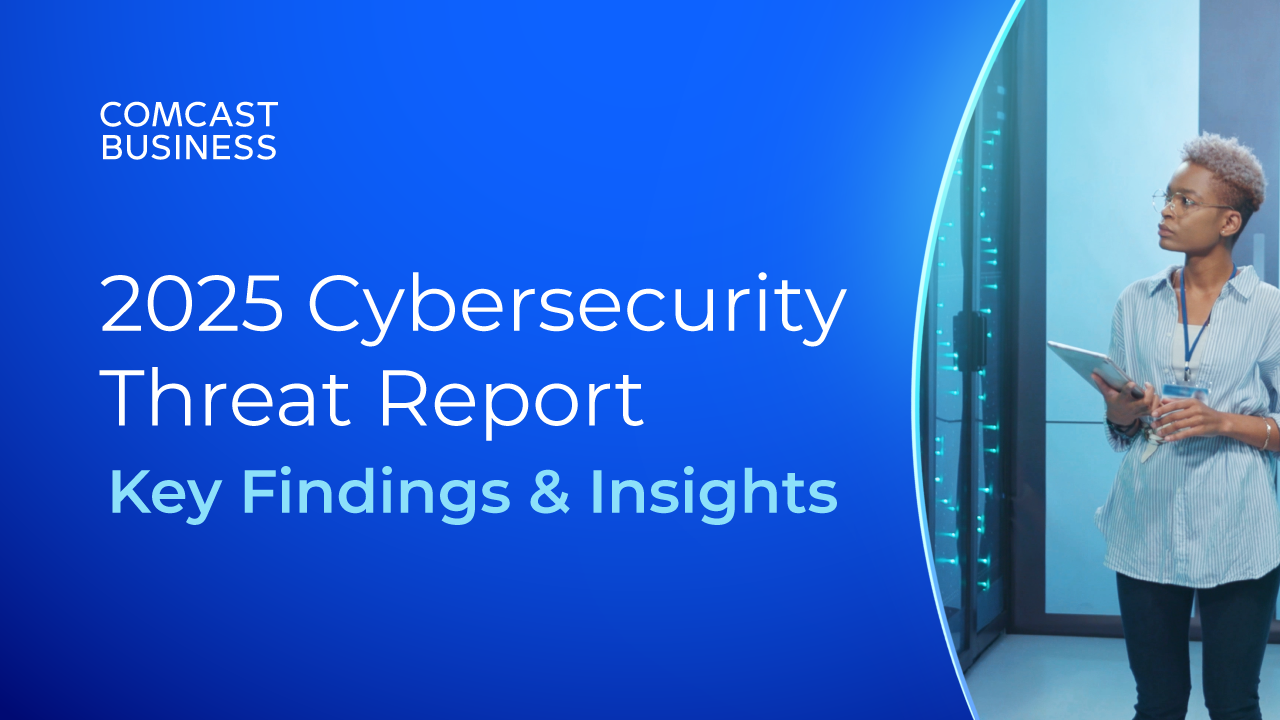Corporate Drones: Robotic Presence in the Enterprise

“I can’t be in two places at once!” is a common complaint among overworked executives who have to interact with clients, employees and colleagues across geographical space. While booking travel time certainly doesn’t allow for split personalities, technology is permitting individuals to interact with and manipulate environments across the miles.
This new breed of technology takes advantage of the power of cloud computing to power two distinct classes of robots: telepresence robots that let users take part in the social action and service robots that handle mundane tasks such as delivery and surveillance.
Consider the crop of telepresence robots already allowing teams to navigate and communicate with colleagues in remote offices. Mounting interactive screens on mobile bases, the devices let remote employees “walk” through the office and check in on colleagues. Some models of telepresence robots accommodate commercial tablets and clock in at less than $2,500, putting the technology within reach of even small distributed teams with limited budgets.
Meanwhile, other robot technologies are functioning autonomously, whether painting cars or exploring space. Futurists say the moment is imminent when these smart devices are navigating the enterprise, from delivering packages to hauling freight.
Whether they’re facilitating human interaction or doing jobs in place of human employees, enterprise-strength robots require bandwidth. Its growth corresponds with a sharp boost in global business IP traffic from growing use of backup services, VoIP and business-related Internet video traffic.
The issue of network performance is especially acute because the brainpower of robots — at least for the short term — will have to reside remotely from the business end that is actually performing the tasks. Performing even simple chores like navigating vehicles, making repairs or delivering packages requires a level of artificial intelligence that costs more and consumes more space and power than practical for current mobile devices.
Current robots have evolved from standalone devices to networked nodes based on open standards. This allows networked robots to communicate over Wi-Fi or the Internet.
But running something as interactive as a telepresence robot means ensuring that both your Wi-Fi network and your Internet connections are optimized to handle significant quantities of streaming video and command data from outside your local network. Just how “present” a remote worker can be depends on how much information the network can pass through the robot being operated.
That means segmenting that data outside the day-to-day operations of your corporate network: establishing a separate gateway for the robot’s data or having quality-of-service capabilities on your wireless access points. The network must be architected to ensure that if a robot is moving through your workplace, it can move from node to node without losing its connection to the operator.
When building telepresence into your network, you must also take into account security considerations. Telepresence was created to allow participants to discuss business over distances; a security breach gives an intruder a direct line into all those sensitive communications. In recent years, a number of vendors have reported flaws in their telepresence technology that allows hackers to peek through cameras and listen in on conversations.
In general, however, keeping these systems within your firewall should afford you the same level of security, as you would enjoy from any other networked hardware. Furthermore, having all participants dial into a virtual conference room instead of a physical boardroom will reduce the chance that a hacker can target a physical location and surveil it undetected.
The future of telepresence
To take the next step in telepresence sophistication means moving beyond connections to individual processors; instead, the route to mass-market robotics is through the cloud. By combining cloud computing and high-speed networking, enterprises can equip robots with more smarts than they can pack into current form factors.
Some companies are already locating autonomous "brains" in the cloud, and the time may be coming when the kinds of services powering mobile digital assistants in mobile devices help robots process information and interact naturally with human colleagues. A group of affordable machines packing some autonomous systems could share a common set of cloud services that provide a sort of “group consciousness” that could continue adjusting the component devices’ functions as it adds more experience to the collective memory.
What’s more, robots could use both shared cloud resources and a "personal" cloud. The Internet of Things expands the functionality of devices via cloud-based applications; by the same token, cloud robotics applications can enhance the capabilities of robots by processing streams of data from onboard sensors.
This sophisticated control of sensors enables robots to perceive their environments at an extraordinary level of sophistication. A mobile robot lacks the real estate to pack massive amounts of sensor-processing hardware. However, access to the data and computing cycles of the cloud literally takes the weight off the robot.
One of the most proximate cloud-based tools for human interaction is voice recognition. The same cloud application programming interfaces used by smartphones to understand voice commands can be incorporated into Internet-connected robots.
But to reach another level of sophistication, robots will need to move beyond recognizing words to understanding the context in which they’re spoken. To achieve that goal, major technology companies have been developing cognitive systems that can recognize context.
Whether powered by remote operators or artificial intelligence, robots in the office won’t become full-fledged members of the team overnight. Nevertheless, the principles of networking and cloud computing necessary to take that next step are already in place. In the next few years, expect more of your co-workers to run on electricity.
“I can’t be in two places at once!” is a common complaint among overworked executives who have to interact with clients, employees and colleagues across geographical space.
Locked Content
Click on the button below to get access
Unlock NowOr sign in to access all content on Comcast Business Community
Tags
Resource Center
Learn how Comcast Business can help
keep you ready for what's next.










